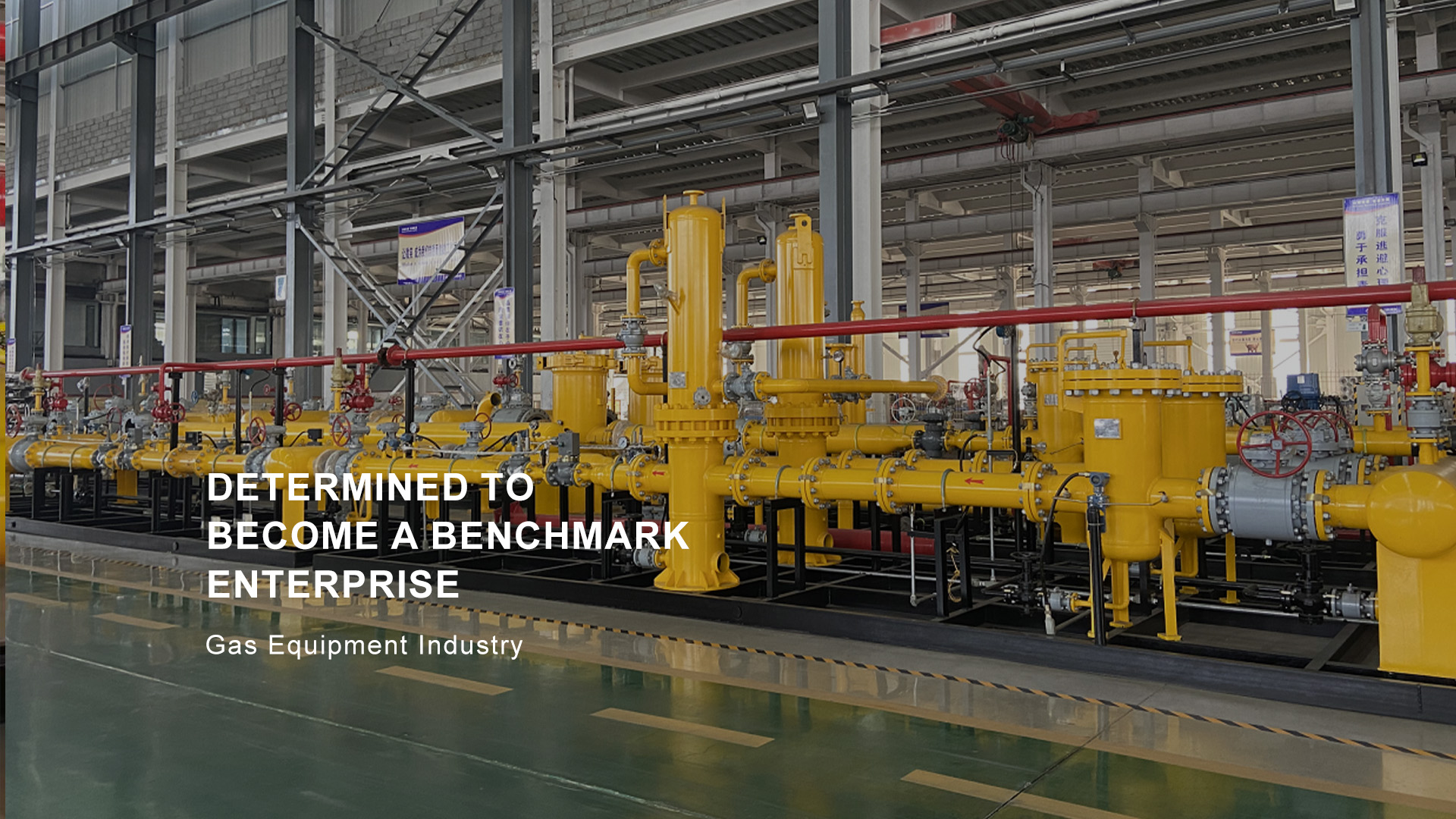
Aug . 06, 2024 10:44
Back to list
Natural Gas Pressure Regulator for Efficient Energy Management and Safety Control Systems
The Role of Natural Gas Pressure Regulators in the Energy Sector
Natural gas is an essential energy source that powers industries, heats homes, and fuels transportation. As its demand continues to rise, the infrastructure required to deliver this energy efficiently and safely is becoming increasingly sophisticated. One vital component of this infrastructure is the natural gas pressure regulator. This device plays a crucial role in maintaining the appropriate pressure levels during the transportation and distribution of natural gas, ensuring both safety and reliability.
Understanding Natural Gas Pressure Regulation
Pressure regulators are mechanical devices designed to control the pressure of gas flowing through a pipeline. In the context of natural gas, they serve to reduce high-pressure gas from transmission lines to a lower, more manageable pressure that can be safely used by consumers. Without effective regulation, fluctuations in pressure could pose safety hazards and disrupt service.
Importance of Pressure Regulation
The natural gas distribution network operates under various pressure levels depending on the stage of delivery. For instance, transmission pipelines transport gas at very high pressures, sometimes exceeding 1,000 psi (pounds per square inch). However, residential and commercial applications require gas at much lower pressures, typically measuring around 2 psi or even less. Pressure regulators ensure that the gas delivered to end-users is at a safe and usable pressure level.
Moreover, maintaining optimal pressure is essential not only for delivery efficiency but also for environmental considerations. Over-pressurized lines can lead to leaks or bursts, both of which are harmful to the environment and public safety. Regulators help monitor and control these potential risks, mitigating environmental harm associated with natural gas infrastructure failures.
.
Natural gas regulators come in various types, each designed for specific applications and pressure ranges. The most common types include
منظم ضغط الغاز الطبيعي

1. First Stage Regulators (High-Pressure Regulators) These are typically installed at the facility entry point and reduce the high pressure from the main transmission line to an intermediate pressure.
2. Second Stage Regulators (Low-Pressure Regulators) Used in local distribution systems, these regulators further reduce the gas pressure to a safe level suitable for residential and commercial use.
3. Automatic Regulators These regulators dynamically adjust their settings in response to fluctuations in flow and pressure, ensuring a consistent gas supply.
4. Relief Regulators These devices serve as a safety measure by allowing excess pressure to escape, thereby preventing potential over-pressurization in the system.
Innovations in Pressure Regulation Technology
Recent advancements in technology have led to improved designs and materials for natural gas pressure regulators. Modern regulators are designed to be more efficient, durable, and capable of withstanding extreme conditions. IoT (Internet of Things) integration allows for real-time monitoring and data analysis, providing insights into system performance and the ability to preemptively address issues before they lead to failures.
Moreover, in light of increasing environmental regulations and the push for sustainable energy solutions, the industry is exploring the use of alternative materials and energy-efficient designs in manufacturing these devices. These innovations not only enhance performance but also contribute positively to the environmental footprint of the natural gas sector.
Conclusion
Natural gas pressure regulators play a pivotal role in the safe and efficient delivery of natural gas. As the demand for this vital resource grows, so does the need for reliable infrastructure that can adapt to changing technologies and environmental standards. By ensuring safe pressure levels, these regulators help guarantee that natural gas can continue to serve as a key component of the global energy mix, contributing to a sustainable energy future. The ongoing innovations in this field signal a commitment to both operational efficiency and environmental stewardship, making natural gas pressure regulation an area of continued significance in the energy landscape.
Latest news
-
Safety Valve Spring-Loaded Design Overpressure ProtectionNewsJul.25,2025
-
Precision Voltage Regulator AC5 Accuracy Grade PerformanceNewsJul.25,2025
-
Natural Gas Pressure Regulating Skid Industrial Pipeline ApplicationsNewsJul.25,2025
-
Natural Gas Filter Stainless Steel Mesh Element DesignNewsJul.25,2025
-
Gas Pressure Regulator Valve Direct-Acting Spring-Loaded DesignNewsJul.25,2025
-
Decompression Equipment Multi-Stage Heat Exchange System DesignNewsJul.25,2025

